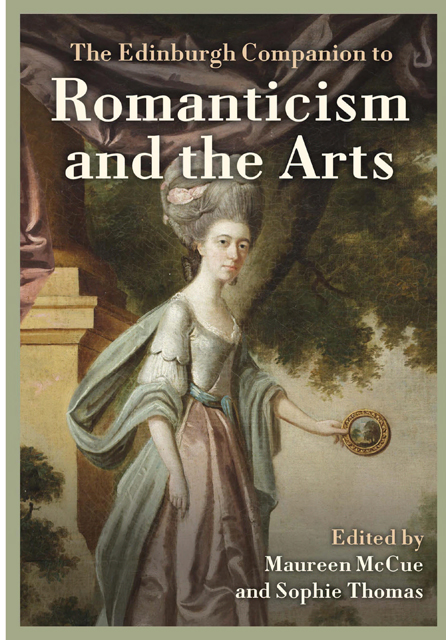18 - ‘A Point to Aim at in a Morning’s Walk’: Encounters at the Print Shop
Published online by Cambridge University Press: 25 April 2023
Summary
A capital print-shop (Molteno’s or Colnaghi’s) is a point to aim at in a morning’s walk – a relief and satisfaction in the motley confusion, the littleness, the vulgarity of common life: but a print-shop has but a mean, cold, meagre, petty appearance after coming out of a fine Collection of Pictures. We want the size of life, the marble flesh, the rich tones of nature, the diviner expanded expression. (Hazlitt 1822, 489)
Print shops were at the very heart of this frenzy and could be found throughout the country, with an especially high concentration located in London. Thanks to an influx of highly skilled Italian engravers to Britain, who would collectively raise the profile of British engravings for an international market, shops specialising in prints became popular in the mid-eighteenth century (Murgia 2019 and Rauser 2008), even as they operated within a wider network of printed and visual culture. The print shop shares a kinship with booksellers, publishers, map-makers and art supply stores, all of which also sold engravings. But not all print shops were created equal, and wares could range from rare engravings of Old Master art or high-end prints of contemporary history paintings (as in the case of Molteno’s and Colnaghi’s), to satires of the most salacious gossip and political intrigue found in the popular periodicals of the day (as one might find at Hannah Humphrey’s or William Holland’s).
- Type
- Chapter
- Information
- The Edinburgh Companion to Romanticism and the Arts , pp. 335 - 355Publisher: Edinburgh University PressPrint publication year: 2022



